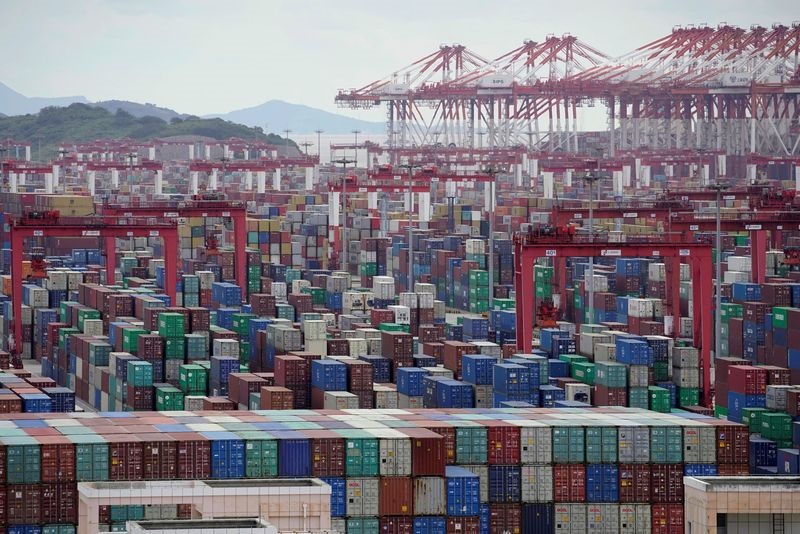
NEW YORK: New York wants to introduce car-loving America’s first congestion charge, but the move faces fierce opposition – including from the city’s famous yellow taxis.
The plan, similar to pricing long in place in London and Singapore, aims to improve air quality in the Big Apple by easing Manhattan’s traffic-choked streets.
It also seeks to raise much-needed revenue to upgrade a creaking subway system that is used by around four million New Yorkers every day.
The scheme, slated to start next year, is being challenged in court, highlighting the difficulty of levying drivers in a country where the car is king.
Officials insist the toll will help the environment by reducing pollution, and make the city that never sleeps more efficient by speeding up travel times.
“Congestion pricing is a generational opportunity,” said John McCarthy, a spokesman for New York’s Metropolitan Transportation Authority (MTA).
The plan would charge drivers for venturing below 60th Street in Manhattan, an area that encompasses the business districts of Midtown and Wall Street.
The MTA has not yet set rates, but is considering charging US$23 during rush hour and US$17 for off-peak times.
Taxi driver Wein Chin worries that the charge, which cabbies would pass on to customers, will mean fewer fares.
He earns around US$300 to US$400 a week and is already struggling to pay off a US$170,000 loan he owes for his taxi permit.
“I don’t know that I could survive, paying the mortgage, supporting a family,” the 55-year-old, who moved to the United States from Myanmar in 1987, told AFP.
The New York Taxi Workers Alliance, a union representing 21,000 cabbies, estimates the levy could see drivers lose US$8,000 a year in income.
Members have taken to the streets in recent weeks to demand they be exempted from the toll.
The union’s president, Bhairavi Desai, said the charge could sound the death knell for some drivers already hammered in recent years by a surge of Uber drivers and the pandemic.
“There are only so many ashes that the phoenix can rise out of,” she told AFP.
CARBON EMISSIONS
Officials have proposed discounts to appease low-income New Yorkers.
Some 700,000 vehicles enter the proposed pricing area every day, with cars travelling just seven miles per hour on average due to gridlock, officials say.
The scheme aims to lessen traffic by ten per cent daily, thereby reducing carbon dioxide emissions.
Officials cite studies showing that central London saw a 20 per cent fall in CO2 emissions after it introduced its charge in 2003.
“We know vehicle pollution is a major contributor to the climate crisis that harms both our planet and our health,” said Tim Donaghy of Greenpeace.
“Shifting away from cars and towards more public transit is a step in the right direction, and can create healthier more people-centric cities.”
New York’s plan has been years in the making. Michael Bloomberg proposed a toll in 2007 when he was mayor, but it wasn’t until 2019 that lawmakers finally reached an agreement.
The federal government then greenlit the proposal in June this year, with local officials pledging to introduce the charge in spring 2024.
Neighbouring New Jersey responded by suing the government, claiming the scheme would place an unfair financial burden on those who have to drive to Manhattan for work.
The state also objects to its residents having to pay for the upgrade of New York’s underground train network.
The MTA estimates that the pricing will generate US$1 billion annually for subway improvements.
New York Governor Kathy Hochul has vowed that New Jersey’s suit will not stop congestion pricing from going ahead.
“It’s a win, win, win for transit, traffic and the environment,” Danny Pearlstein, a spokesman for public transit advocacy group the Riders Alliance told AFP.

